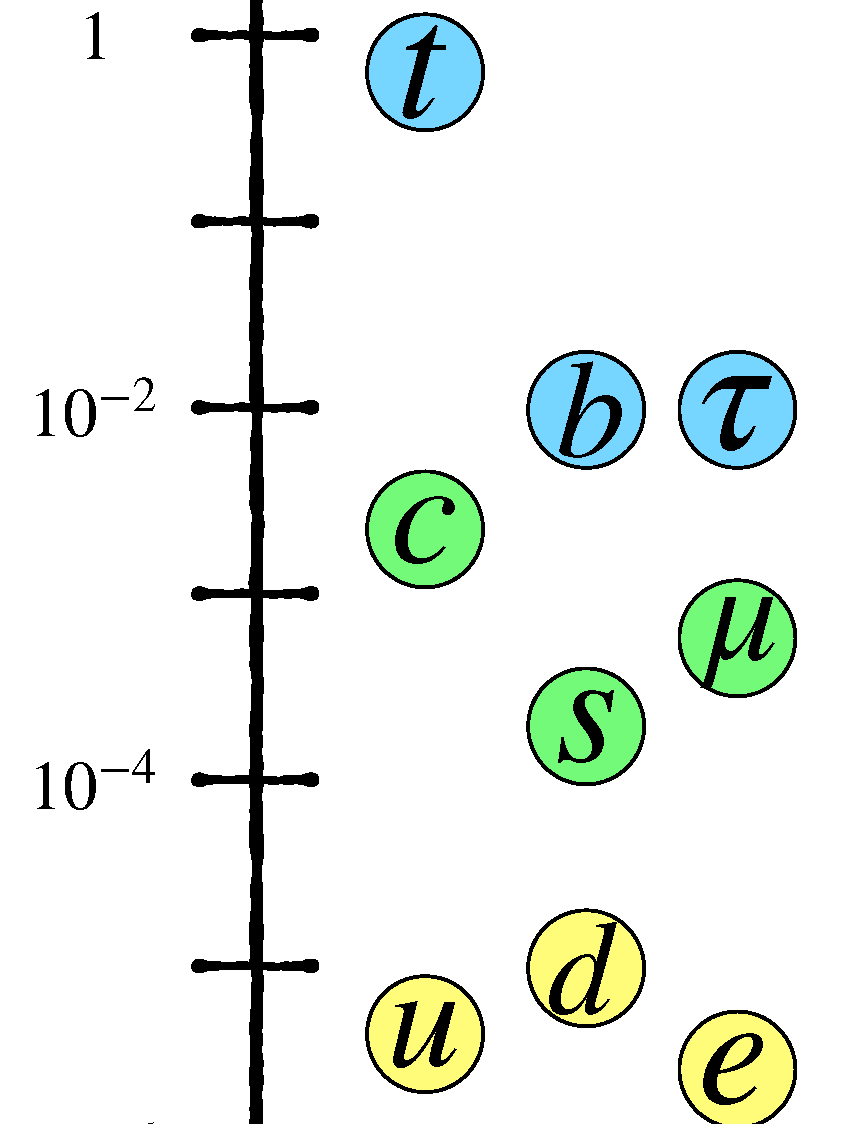/ News, Research
Novel Insights into the Flavor Puzzle

The elementary particles of matter, quarks, and leptons are organized into three generations (flavors). The first generation forms the building blocks of ordinary matter, while the subsequent, more exotic generations decay rapidly when produced in particle colliders. A longstanding mystery in particle physics, known as the flavor puzzle, arises from the peculiar pattern of observed masses and mixings under the weak nuclear force. Notably, there is a pronounced hierarchical structure in the quark and charged lepton masses and mixings, contrary to anarchic mixings observed in neutrinos. This phenomenon can not be explained within the standard model of particle physics, posing a critical open question in the field.
In a groundbreaking study recently published in Physical Review Letters, Prof. Stefan Antusch and Prof. Admir Greljo, together with former postdoc Anders E. Thomsen and external collaborator Ben A. Stefanek, have identified a novel approximate symmetry that provides a compelling explanation for the hierarchical patterns seen in quarks and charged leptons while predicting anarchy in neutrinos. This discovery opens up exciting new directions for future research. Theorists will further explore the origins of this symmetry, while experimentalists can pursue searches for the selection rules imposed by this symmetry in particle interactions.
Quick Links
